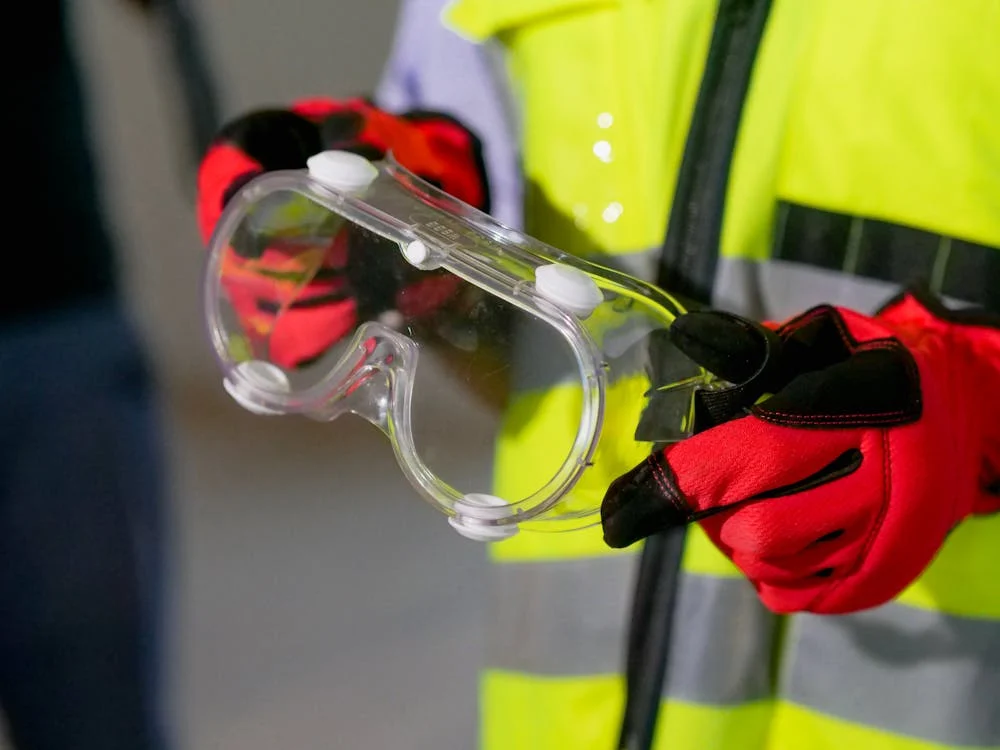
Water damage to your home or business can be a costly nightmare in its own right, but the aftermath can be even more challenging. Nobody wants to think about the prospect of mould growth, let alone how to make sure that every nook and cranny isn’t creating the conditions for mould to proliferate. Stains and musty smells are unpleasant, but the real issue is how it can affect indoor air quality. Health Canada has concluded that indoor mould growth poses a health hazard.
If you’ve experienced a flood, leak, or excess moisture buildup, testing for mould after water damage is a critical step in protecting your property and well-being. Let’s go over the best ways to check for mould and what to do if you find it.
How to Test for Mould After Water Damage
1. Look for Visible Signs
Your start point should be any areas that were affected by mold after water damage. Mould can appear as black, green, or white spots and often grows in corners, along baseboards, or on ceilings.
2. Use a Moisture Meter
Excessive moisture or the accumulation of condensation are red flags. If no moisture is visible, a moisture meter can detect damp spots that might facilitate mould growth inside walls, floors, and ceilings.
3. DIY Mold Test Kits
At-home mould testing kits let you collect samples from surfaces and send them to a lab. They can tell you if mould is there, but they don’t explain how serious the issue might be or the type of mould involved.
4. Check Indoor Air Quality
Sometimes mold spores hide where you can’t see them. In those cases, air testing can help. Because mould spores float around in the air, professional testing equipment can measure those levels and give you a sense of how far the mould may have spread.
5. Professional Mold Testing & Mold Inspection
The best way to get to the bottom of a mold problem is to bring in mold remediation experts for a comprehensive mold inspection. Even if you believe the water damage was minor, a thorough inspection can uncover hidden areas where mould may be growing.
A good inspection usually begins with a walkthrough of the space to look for visible signs of mould, lingering dampness, or that unmistakable musty smell. If mould is discovered, experts use tools like moisture meters to locate places where moisture might be creating the perfect environment for mould growth. You’ll receive a detailed report outlining how extensive the problem is, what type of mould is present, and the recommended approach for removal and long-term prevention.
Trust a Professional Team That Know How to Test for Mould After Water Damage
DIY kits don’t always tell the whole story. Mould levels change throughout the day, and a single test may not be enough to fully assess the situation and help you get back to a healthy living environment.
Don’t Wait Until Mould Forms
Mould isn’t something you want to ignore. The sooner you contact a professional mould inspector, the easier it is to move ahead with mold removal and mold remediation. If you suspect mould after water damage, get the answers you need from experienced mould remediation experts.
Have questions? Contact us today for a professional mould inspection. We’ll help you figure out what’s going on and take care of it—so you can breathe easy again.
Contact us for fast and efficient asbestos and mold testing and removal service
Get in touch with us and send some basic info for a quick quote.



